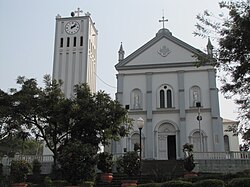
Farroupilha is a city in Rio Grande do Sul, Brazil, in the Serra Gaúcha between the cities of Bento Gonçalves and Caxias do Sul. The city's total area is 359.3 km2. Farroupilha has 73,061 residents.

Nova Prata is a municipality in the mountainous Serra Gaúcha region of Rio Grande do Sul, in southern Brazil. It is in the Guapore micro-region of the Nordeste Rio-Grandense meso-region of the state.

André da Rocha is a municipality in the state of Rio Grande do Sul, Brazil. It is surrounded by the municipalities Nova Prata, Protásio Alves, and Guabiju.
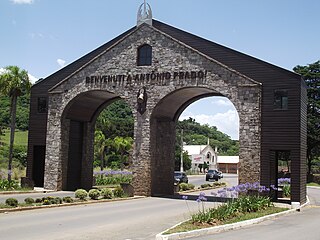
Antônio Prado is a municipality located in the Serra Gaúcha regionin The city is in the state of Rio Grande do Sul, Brazil. It boasts the largest collection of architectural heritage designated by IPHAN related to Italian colonization in Brazil. Its population is estimated at 13,045 people.

Arvorezinha is a municipality in the state of Rio Grande do Sul, Brazil. It literally means "small tree".
Camargo is a municipality in the state of Rio Grande do Sul, Brazil.

Ciríaco is a municipality in the state of Rio Grande do Sul, Brazil. As of 2020, the estimated population was 4,719.
Esmeralda is a municipality in the state of Rio Grande do Sul, Brazil. It was raised to municipality status in 1963, the area being taken out of the municipality of Vacaria. As of 2020, the estimated population was 3,287.
Fagundes Varela is a municipality in the state of Rio Grande do Sul, Brazil. It lies at an elevation of 610 m, covers an area of 132.32 km², and has a population of 2,741.
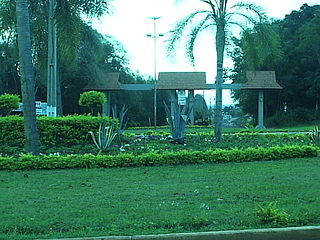
Guarani das Missões is a municipality in the state of Rio Grande do Sul, Brazil.

Ivorá is a Brazilian municipality in the state of Rio Grande do Sul. According to the 2022 census by the Brazilian Institute of Geography and Statistics (IBGE), the municipality has a population of 1.929 inhabitants.
Marau is a municipality in the state of Rio Grande do Sul, Brazil. It was initially populated by Italian immigrants that were escaping from the war.
Montauri is a municipality in the state of Rio Grande do Sul, Brazil. As of 2022, it has a population of 1,499 people.
Nova Araçá is a municipality in the state of Rio Grande do Sul, Brazil. As of 2020, the estimated population was 4,826.
Nova Bassano is a municipality and a city in the state of Rio Grande do Sul, south Brazil.

Nova Bréscia is a municipality in the state of Rio Grande do Sul, Brazil, settled by Italian immigrants from Brescia. Its estimated population in 2020 was 3,337 inhabitants.
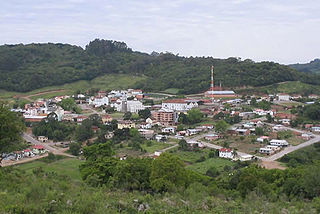
Nova Pádua is a municipality in the state of Rio Grande do Sul, Brazil. As of 2020, the estimated population was 2,558.
Serafina Corrêa is a municipality in the state of Rio Grande do Sul, Brazil.

Vila Flores is a municipality in the state of Rio Grande do Sul, Brazil. As of 2020, the estimated population was 3,396.
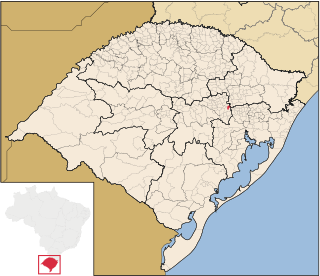
Westfália is a municipality in the state of Rio Grande do Sul, Brazil.
